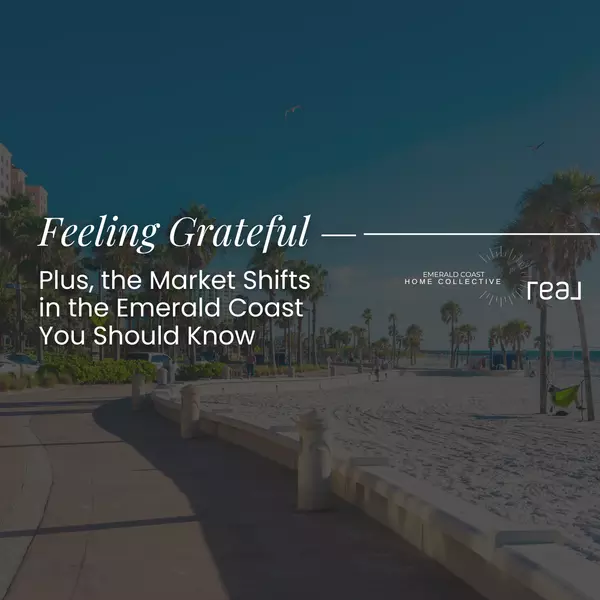The Downsizing Trend - Why More Homeowners are Scaling Back

In recent years, a notable trend has emerged in the real estate market: homeowners are increasingly opting to downsize their living spaces. This shift is driven by a combination of lifestyle changes, economic pressures, and evolving buyer demographics. As empty nesters and young buyers alike seek smaller homes, the demand for efficient living spaces is on the rise. Let’s explore the factors contributing to this downsizing trend and what it means for both buyers and sellers in today’s market.
The Empty Nester Effect
One of the most significant groups fueling the downsizing trend is empty nesters. After years of raising children, many parents find themselves with homes that are larger than they need. With kids off to college or starting their own lives, these homeowners often feel a sense of liberation and an opportunity to redefine their lifestyles.
Downsizing offers several advantages for empty nesters. First and foremost, it allows them to reduce maintenance responsibilities. A smaller home typically requires less upkeep, freeing up time for travel, hobbies, or spending time with grandchildren. Additionally, downsizing can lead to significant cost savings—lower utility bills, reduced property taxes, and less money spent on repairs can all contribute to a more manageable financial situation in retirement.
Young Buyers Embrace Smaller Spaces
On the other end of the spectrum, young buyers—especially millennials and Gen Z—are also gravitating towards smaller homes. Many of these buyers prioritize experiences over possessions and are looking for efficient spaces that align with their values of sustainability and minimalism.
The rise of remote work has further influenced this trend. Young professionals are no longer tethered to traditional office locations; instead, they seek homes that offer flexibility and convenience. Smaller homes often come with lower price points, making them more accessible for first-time buyers who may be grappling with student debt or high living costs in urban areas.
Moreover, young buyers are increasingly interested in urban living or walkable communities where they can enjoy amenities without needing a large home. This demographic values proximity to cafes, parks, public transportation, and cultural attractions over square footage.
Economic Pressures Driving Demand
Rising costs across various sectors have also played a crucial role in driving demand for smaller homes. The real estate market has seen significant price increases over the past few years due to low inventory levels and high demand. As home prices soar, many potential buyers find themselves priced out of larger properties.
In response to these economic pressures, many prospective homeowners are re-evaluating their needs and desires when it comes to housing. The focus has shifted from acquiring as much space as possible to finding smartly designed homes that maximize functionality without sacrificing comfort.
This shift is not just limited to individual homeowners; investors are also recognizing the potential in smaller properties. Multi-family units or compact single-family homes can yield attractive returns as they appeal to both empty nesters looking to downsize and young professionals entering the housing market.
Designing Efficient Spaces
As demand for smaller homes grows, so does interest in innovative design solutions that create efficient living spaces. Homeowners are increasingly looking for layouts that maximize usability while minimizing wasted space. Open floor plans remain popular as they create a sense of spaciousness without requiring additional square footage.
Additionally, features such as built-in storage solutions and multi-functional furniture have become essential elements in modern home design. These innovations allow residents to make the most of their space without feeling cramped or overwhelmed by clutter.
Sustainability is another consideration that influences design choices among today’s buyers. Many homeowners are seeking eco-friendly features such as energy-efficient appliances, solar panels, and sustainable materials—all of which can contribute to lower utility costs while promoting a healthier environment.
What This Means for Sellers
For sellers considering downsizing their own properties or transitioning into smaller homes themselves, understanding this trend is vital. Marketing strategies should highlight the benefits of efficient living spaces—both in terms of financial savings and lifestyle improvements.
Sellers should consider staging their homes effectively by showcasing how well smaller spaces can function through thoughtful design choices. Highlighting proximity to amenities can also attract potential buyers who prioritize convenience over size.
The downsizing trend reflects broader shifts in lifestyle preferences among both empty nesters and young buyers facing rising economic pressures. As demand grows for smaller homes designed with efficiency in mind, those looking to buy or sell should embrace this change as an opportunity rather than a limitation. In a market where less truly can be more, both sellers and buyers stand poised to benefit from this evolving landscape in real estate.
Categories
- All Blogs (135)
- Eat (21)
- Emerald Coast Updates (25)
- Holiday Ideas (16)
- Home Buying Guide (51)
- Home Owner Tips (42)
- Homes For Sale Along The Emerald Coast (26)
- Investing Tips (34)
- Living in 30A (48)
- Market Update (31)
- Play (37)
- Relocation Guide (42)
- Schools in the Emerald Coast (2)
- Stay (28)
- Weekend Guide (8)
Recent Posts










GET MORE INFORMATION


